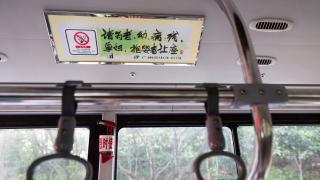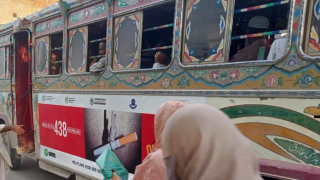Background Summary
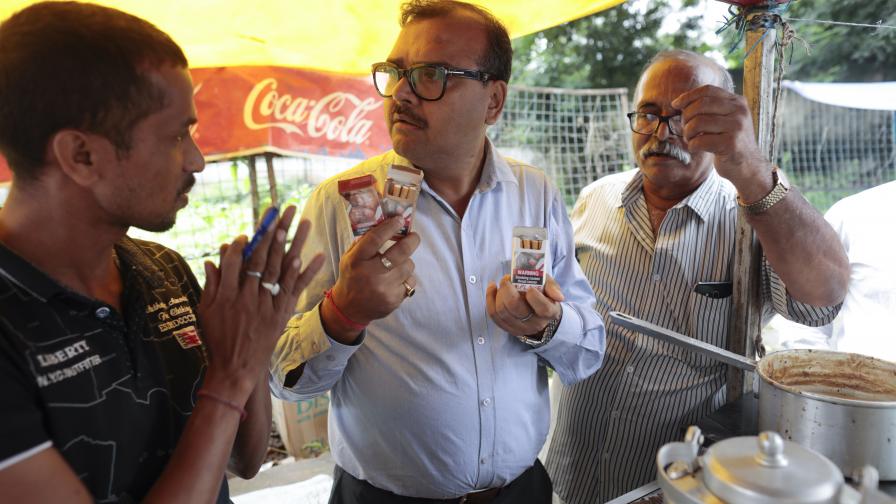
India is the second largest consumer of tobacco world-wide, with an estimated 266 million adults (28.6%) currently using tobacco.
Nearly 40% of adults and 22% of youth (aged 13-15) are exposed to second-hand smoke at home; 25% of adults and 40% of youth are exposed to it in public places. An estimated 1.3 million Indians die every year due to tobacco use and exposure to second-hand smoke. The prolific use of tobacco, and low compliance with the national tobacco control law, highlight the need for comprehensive implementation and enforcement efforts of these policies in India.
Policies in Focus
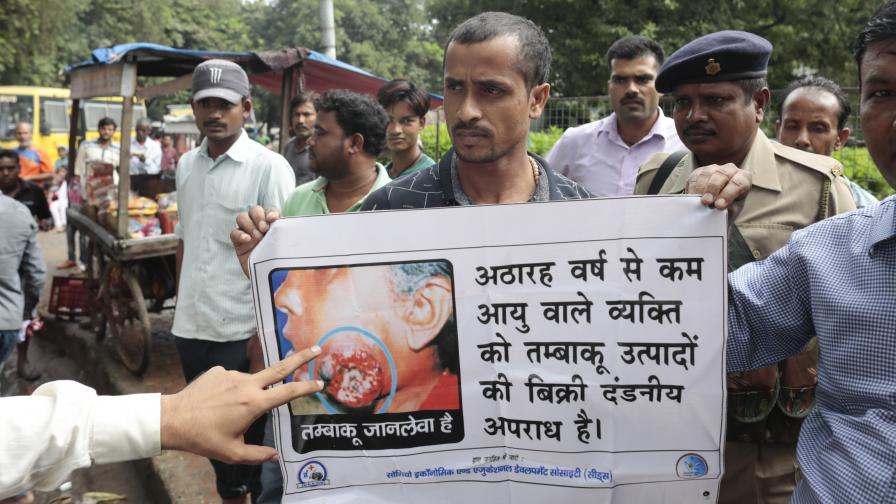
In 2003, the parliament of India passed the Cigarettes and Other Tobacco Products Act (COTPA) in an effort to counter the growing societal and health burdens of tobacco use in India.
COTPA prohibits smoking in public places, restricts tobacco advertisement and requires regulation of trade, commerce, production, supply and distribution of tobacco products. Vital tobacco control enforcement work in India focuses on strengthening implementation of COTPA.
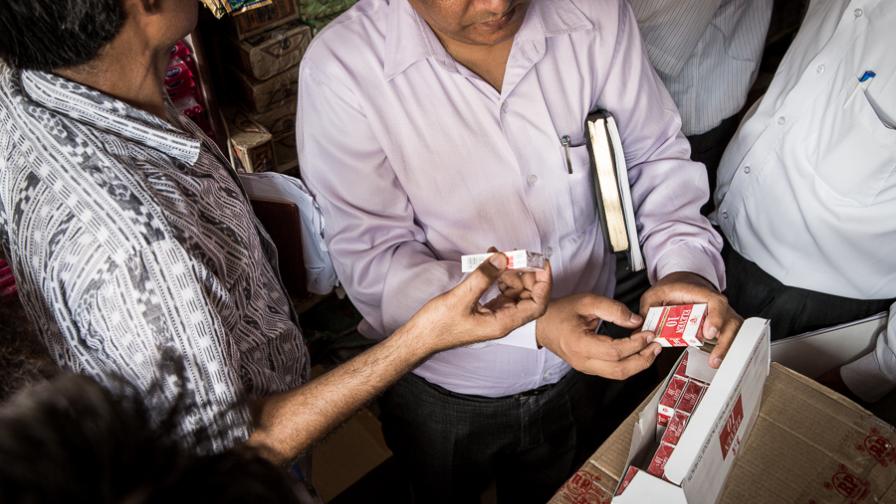
A major roadblock to the enforcement of COTPA is unregulated vending channels, an important source of tobacco sales in India, which leads to poor enforcement of existing laws and easy accessibility & availability of tobacco products, especially to youth.
To counter these vending channels and enforce all COPTA provisions, the Ministry of Health (MoHFW) issued an advisory to all state governments to develop a mechanism for authorizing sales of tobacco products. As a result, local governments, primarily urban bodies, are now developing orders to bring tobacco sales under a vendor licensing system. Vital Strategies is providing technical assistance to various state governments to take this initiative.
Achievements in India
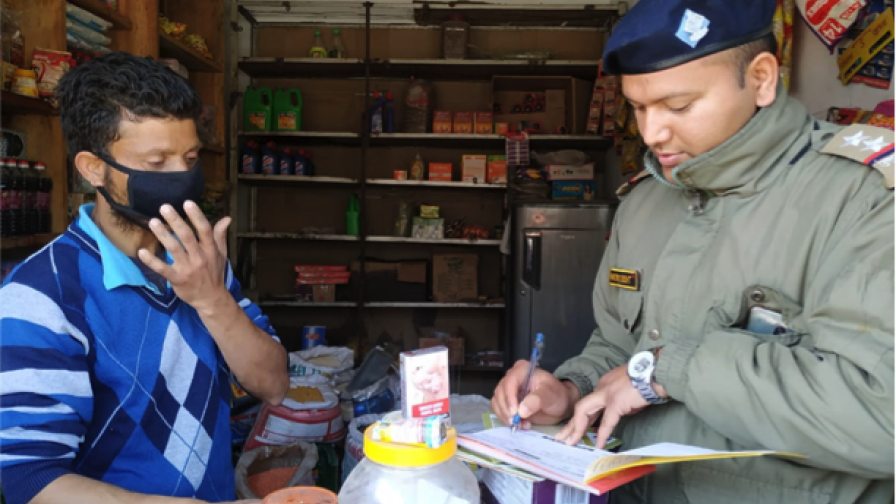
In 2008, The International Union Against Tuberculosis and Lung Disease (The Union) began supporting India to enforce various policy provisions of COTPA . Since then, The Union has continuously supported the Ministry of Health & Family Welfare (MoHFW), Government of India and state governments in mobilizing a nationwide tobacco control movement and implementing the provisions of COTPA.
Under The Union, over 25 customized national workshops on the implementation of COTPA were held. This has resulted in improved enforcement of the smoke-free and TAPS ban policies. To date more than 177 jurisdictions, including five states, have been declared smoke-free in India, protecting more than 350 million people from the harms of second-hand smoke. Over the last decade, more than 90 jurisdictions, including two states, also achieved high compliance to the TAPS policies at points-of-sale (POS), prohibition of sales to minors and sales around 100 yards of educational institutes, and mandatory display of graphical pack warnings.
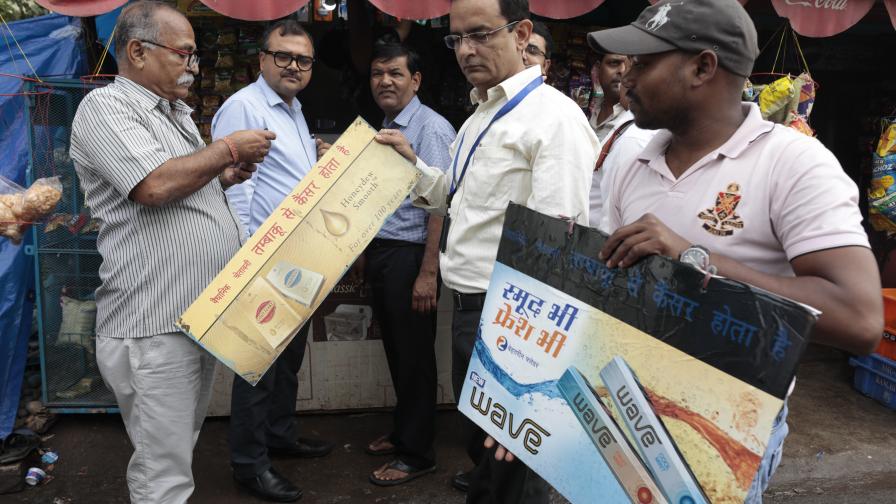
The Union initiated the innovative "Yellow Line" campaign, where a brightly colored line is drawn 100 yards around an educational institute to inform the stakeholders and tobacco sellers that sale and use of tobacco products is prohibited here. It has been adopted by stakeholders across the country and is now being extended to many more public places like government offices and health care facilities.
However, sustaining high compliance of these policies has been a major challenge.
The Global Implementation Program
Under The Union, The Global Implementation Program in India began by supporting two cities, Ranchi in Jharkhand and Siliguri in West Bengal, to improve compliance with TAPS bans at points-of-sale through the implementation of a tobacco vendor licensing (TVL) system. In 2024 the program transferred to Vital Strategies Tobacco Control Division.
Vital Strategies is supporting India to work with municipal corporations and local NGO partners in both cities to achieve:
- Developed and adopted the TVL rules and implementation guidelines
- Developed enforcement mechanism for TAPS ban under TVL
- Developed coordination mechanism between current law enforcers authorized under COTPA and those under vendor licensing policies
- Sensitized and trained policy makers, administrators and enforcement officers
- Streamlined violation reporting function through a mobile application and a mechanism established to link app to enforcement agencies
- More than 90% compliance to TAPS ban at POS
Explore Other Country Hubs:
中国控烟法律实施
subtitle: China Implementation
访问中国控烟法律实施中心
Find out more about implementing tobacco control policies in China.
Indonesia Implementation
Find out more about implementing tobacco control policies in Indonesia.
Pakistan Implementation
Find out more about implementing tobacco control policies in Pakistan
Sources
1) GATS. Global Adult Tobacco Survey: fact sheet, India 2016-17; 2017. http://www. who.int/tobacco/surveillance/survey/gats/GATS_India_2016-17_FactSheet.pdf
2) Centers for Disease Control and Prevention (CDC), World Health Organization (WHO). India Global Youth Tobacco Survey 2009. Atlanta, United States: Centers for Disease Control and Prevention (CDC), 2009.

